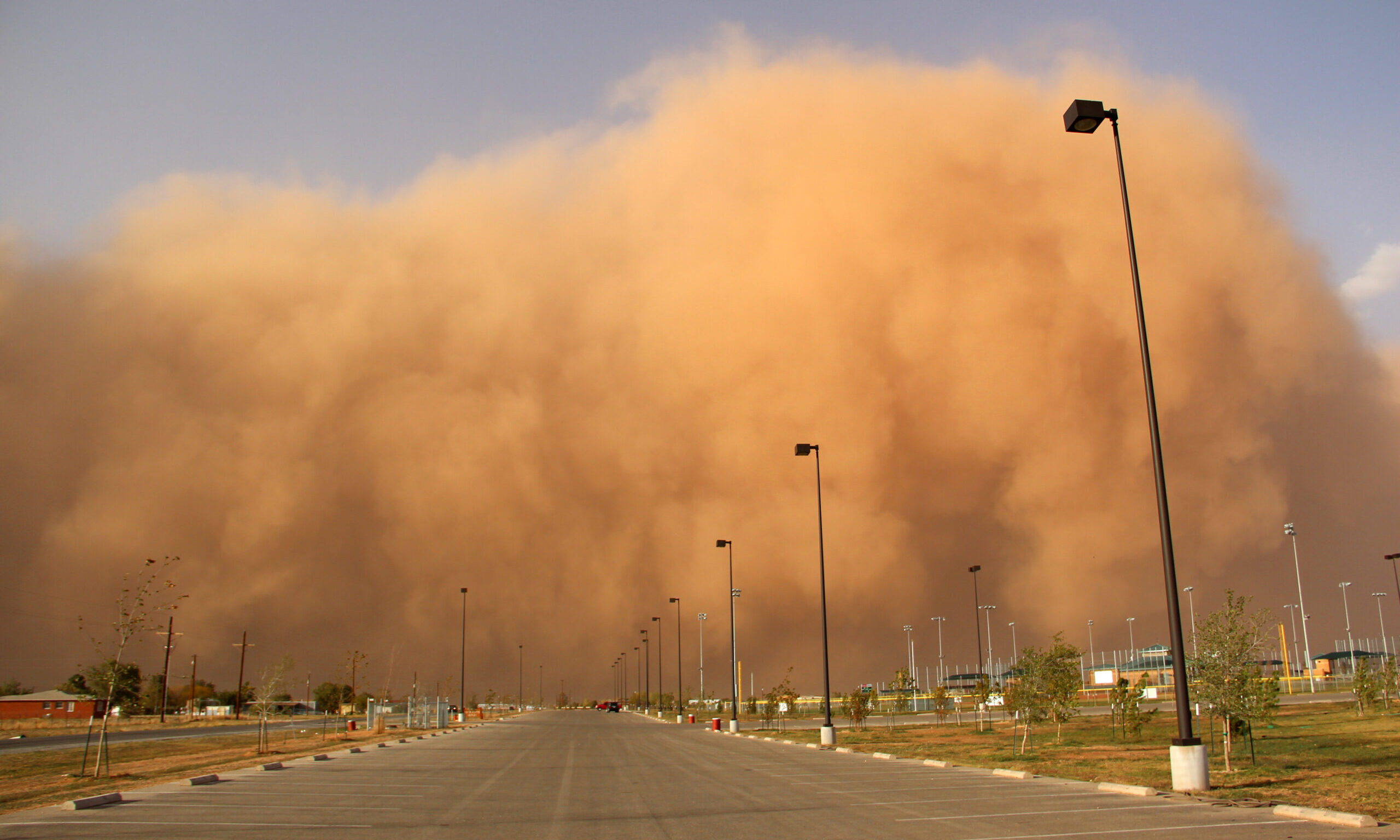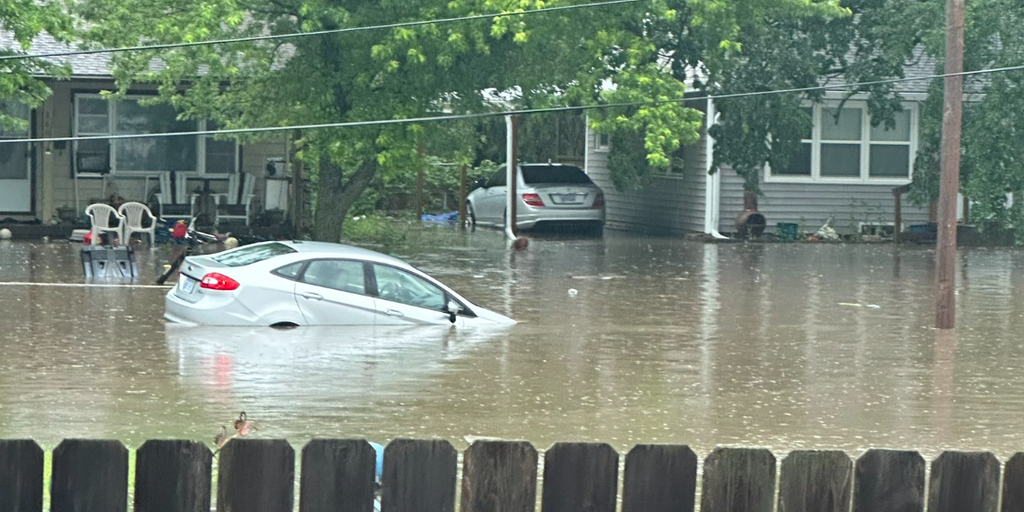A thick plume of dust from the Sahara Desert is sweeping across the Atlantic, blanketing parts of the Caribbean and making its way toward the southern United States. It’s one of the most extensive dust events observed this year.
Stretching nearly 2,000 miles, the cloud spans from Jamaica to Barbados and from the Turks and Caicos to Trinidad and Tobago. Residents in these areas have reported hazy skies, reduced visibility, and breathing difficulties due to poor air quality.
Experts say the dust cloud, part of a recurring weather phenomenon known as the Saharan Air Layer, forms during the summer months. These dust outbreaks typically occur from late spring through early fall, traveling thousands of miles across the ocean.
This particular outbreak has been described as the most intense of 2025 so far. Satellite measurements show high levels of airborne particles, signaling a dense concentration of dust in the atmosphere.
Health officials in the Caribbean have urged those with respiratory issues to stay indoors and wear masks when outside. The fine dust particles can aggravate asthma, allergies, and other lung conditions.
Forecasters expect the dust to drift into parts of the southeastern United States later this week. Florida, Alabama, Mississippi, and Louisiana are likely to see hazy skies and decreased air quality.
These dust clouds, while potentially hazardous to health, also come with a few silver linings. The particles often enhance the colors of sunrises and sunsets, painting the sky in vivid hues of red and orange.
In addition, meteorologists note that the dry, dusty air can suppress the formation of tropical storms. That could temporarily ease hurricane threats during the Atlantic storm season.
People living in the path of the dust cloud are advised to limit outdoor activity, use air purifiers indoors, and keep windows closed to minimize exposure.
As conditions evolve, residents should follow updates from local weather services and public health agencies to stay informed and safe.



